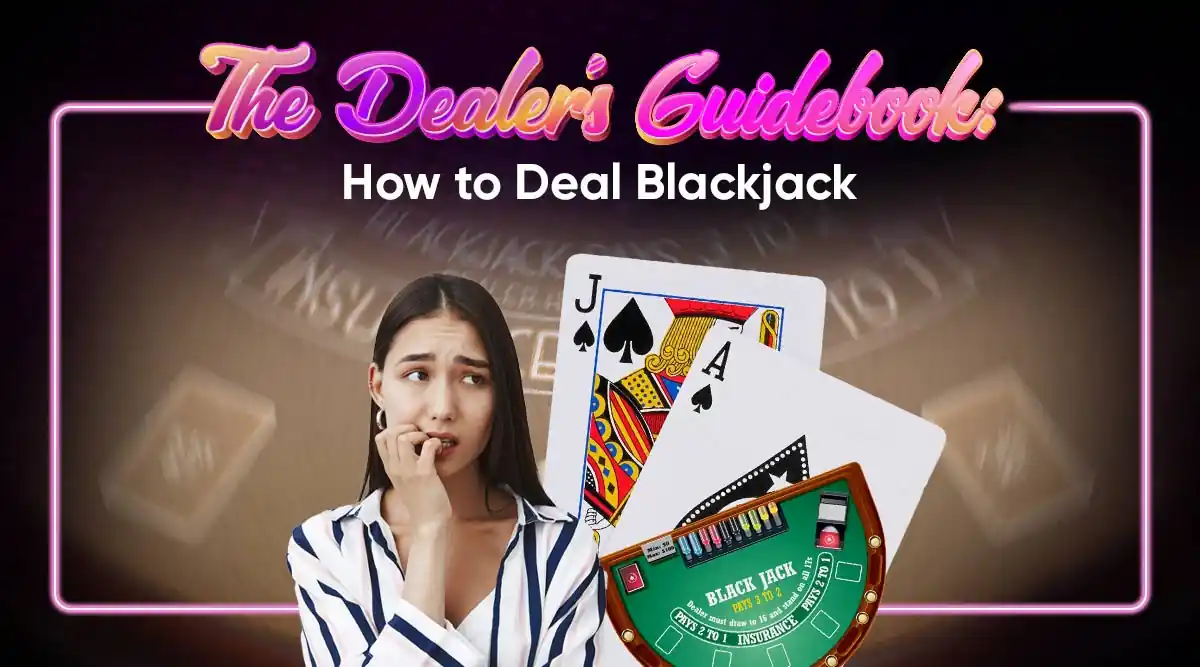
While many female slot enthusiasts adore the bright lights and whimsical themes of slot games, there exists another classic casino game capturing hearts worldwide: Blackjack. As one of the top casino games, Blackjack’s appeal lies in its simplicity combined with strategy. It offers a fresh experience that provides both excitement and the potential for significant rewards. But more than dealing cards knowing how to deal blackjack games has its intricacies.
In the realm of Blackjack, the dealers aren’t merely automated card distributors. They are the heart of the action, controlling the game’s flow, ensuring fairness, and being the primary point of interaction. For slot lovers wanting to know how to deal Blackjack games successfully, understanding the dealer’s role can add depth to their overall gaming experience.
How to Deal Blackjack Games: Basics Needed
The Standard Deck of Cards
Blackjack uses a 52-card deck, with each card having a specific value influencing the game’s outcome.
Casino-Grade Blackjack Table
Distinct from slot machines, Blackjack tables are semi-circular, designed for up to 7 players, ensuring clear visibility and interaction.
Betting Chips
In Blackjack, bets are placed using colored chips, each representing a specific value, differing from slots’ coin or credit system.
Card Shoe
This device holds cards for the dealer, essential for games using multiple decks.
Discard Tray
Post-round, used cards go here, keeping the gameplay orderly.
Card Shuffler (optional)
Some tables feature automatic shufflers for consistent card randomization between games.













